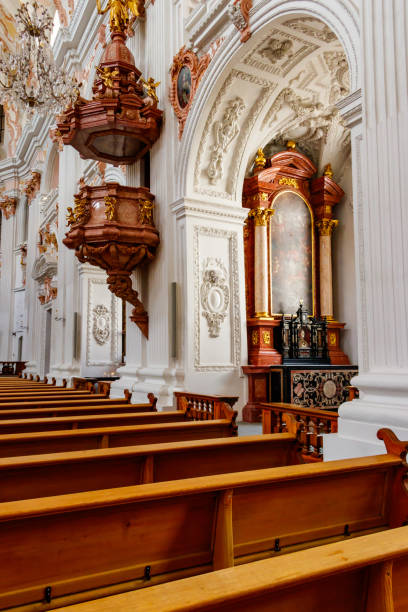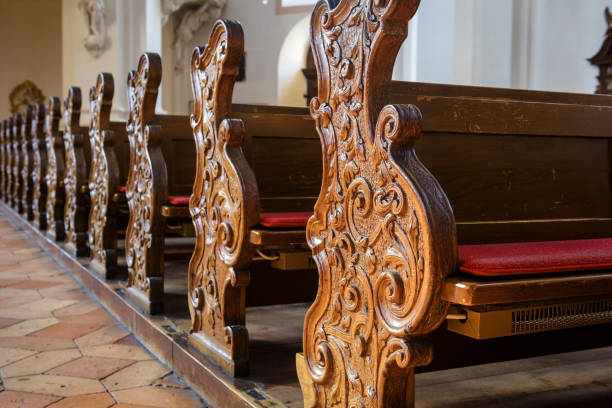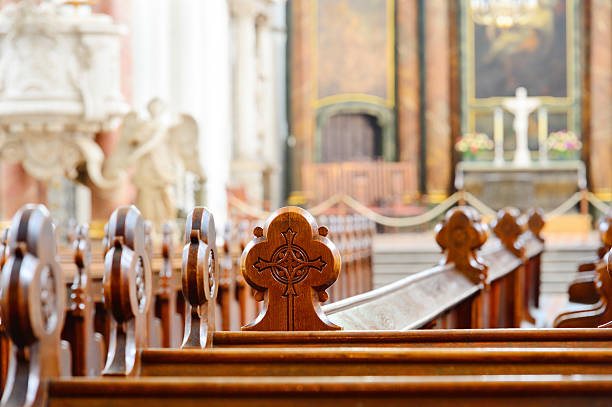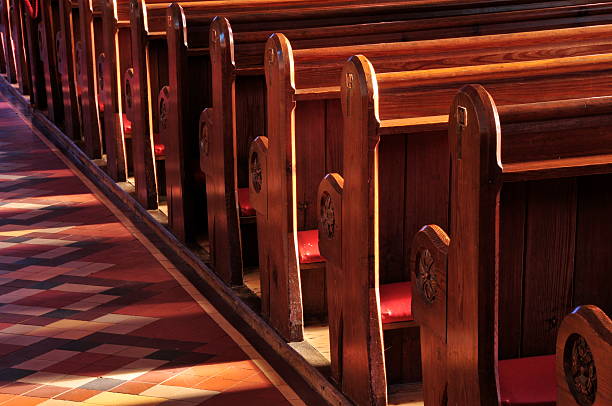Sealing church, mosque, chapel, parish, temple, synagogue floors pews is of paramount importance for preserving tradition, maintaining historical integrity, and ensuring the longevity of these sacred artifacts. Let’s delve into the significance of sealing and restoring church pews:

Historical and Cultural Heritage
Pews are not mere pieces of furniture; they carry the weight of generations’ collective experiences, prayers, and moments of reflection. As congregations gather, sit, and kneel in these sacred spaces, a unique connection forms between worshippers and the pews they occupy. Historical pews bear witness to the passage of time, reflecting architectural and design preferences from different eras. Preserving these pews safeguards tangible pieces of a community’s history, each pew telling a story and contributing to the overall narrative of a church’s journey.

Balancing Tradition and Modernization
Places of worship often face a dilemma during renovations: how to balance the need for contemporary amenities with the responsibility to honor historical significance. Restoration does not mean stagnation; it’s an opportunity to breathe new life into these artifacts while maintaining their essence. Thoughtful restoration ensures that unique character and charm are preserved, even as functional upgrades are introduced.

Tips for Restoring Antique Church Pews
Thorough Inspection and Documentation: Begin with a detailed inspection of each pew, documenting existing damage, wear, or alterations. Preserving Original Materials: Whenever possible, preserve and repair the original materials. This may involve revealing wood grain by removing layers of paint or reupholstering with fabrics echoing the historical period.
In summary, sealing and restoring church pews honor tradition, connect worshippers across time, and contribute to the spiritual and cultural legacy of each congregation.

